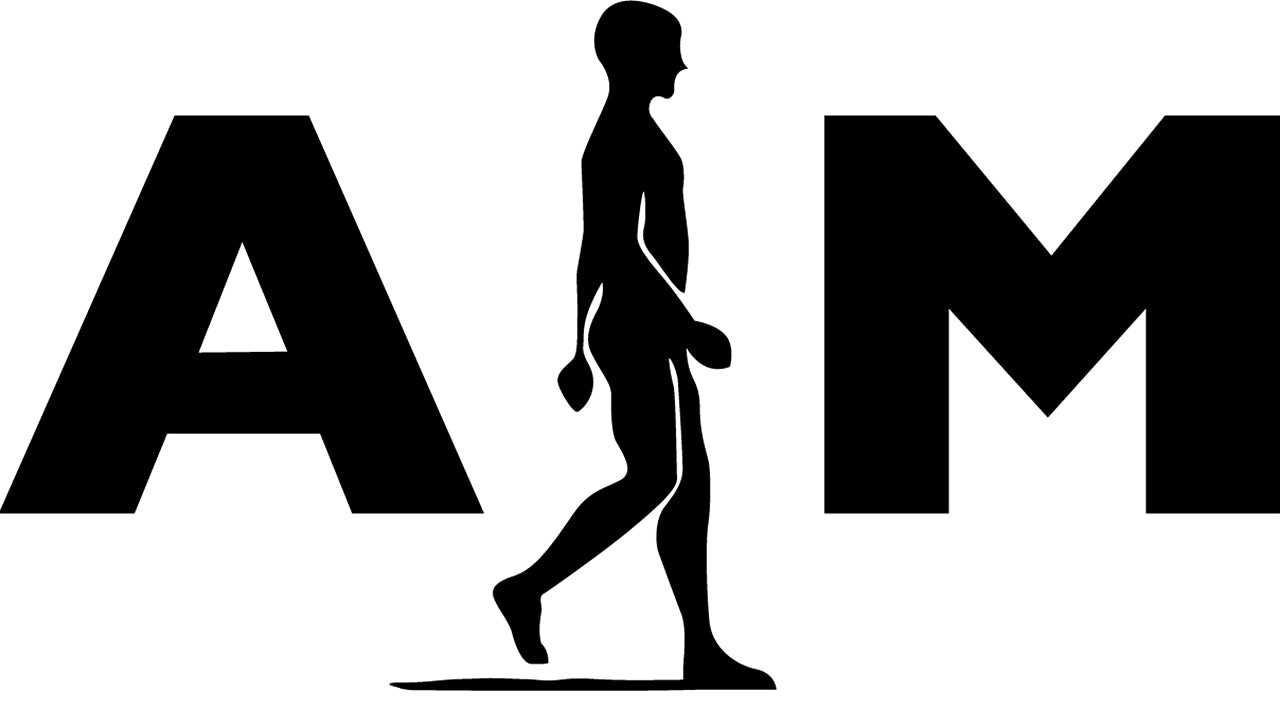1. Introduction
Fashion is more than just clothing; it is a form of self-expression, identity, and culture. From ancient cloth-making techniques to modern high-end brands, fashion has evolved into a global, multi-billion-dollar industry. Today, brands like Louis Vuitton, Gucci, Nike, and Zara shape the way we dress and define trends worldwide.
2. The Birth of Fashion: Ancient Clothing and Textiles
2.1 Early Human Clothing
The earliest form of clothing dates back to prehistoric times, when humans used animal skins and plant fibers to protect themselves from the elements.
2.2 Ancient Civilizations and Textiles
• Egyptians: Famous for their fine linen garments, often worn by pharaohs and nobles.
• Romans: Introduced the toga, a symbol of status and citizenship.
• Chinese Silk: The secret of silk production made China a powerhouse in ancient fashion.
2.3 Textiles as a Status Symbol
In many cultures, clothing signified wealth and power. The use of gold threads, embroidered fabrics, and dyed garments was reserved for royalty and the elite.
3. The Middle Ages to the Renaissance: Fashion as Status
During the Middle Ages, tailoring developed, allowing garments to be more form-fitting. The Renaissance period saw elaborate designs with luxurious fabrics such as velvet and brocade.
4. The Industrial Revolution and Mass Production
With the Industrial Revolution, textiles could be mass-produced, making clothing more affordable for the general public. The 19th century introduced the first ready-to-wear clothing lines.
5. 20th Century Fashion: The Birth of Iconic Brands
The 20th century saw the rise of legendary fashion designers:
• Coco Chanel (Chanel): Revolutionized women’s fashion with timeless elegance.
• Christian Dior (Dior): Introduced the iconic “New Look” in the 1940s.
• Fast Fashion (Zara, H&M): Brought affordable, trendy clothing to the masses.
Hollywood and pop culture played a major role in shaping global fashion trends.
6. The Modern Fashion Industry: Big Brands and Their Influence
6.1 Luxury Brands
• Louis Vuitton, Gucci, Prada, Versace—Symbolize elegance, exclusivity, and craftsmanship.
6.2 Sportswear and Streetwear
• Nike, Adidas, Supreme—Blurred the line between athletic wear and high fashion.
7. The Role of Sustainability in Fashion
With growing environmental concerns, sustainable fashion is on the rise:
• Brands like Stella McCartney and Patagonia lead in eco-friendly production.
• Consumers are demanding ethical labor practices and low-impact materials.
6.3 Fast Fashion Giants
• Zara, H&M, Uniqlo—Bring trendy styles to consumers at rapid speed.
7. The Role of Sustainability in Fashion
With growing environmental concerns, sustainable fashion is on the rise:
• Brands like Stella McCartney and Patagonia lead in eco-friendly production.
• Consumers are demanding ethical labor practices and low-impact materials.
8. The Digital Revolution: E-Commerce and Fashion Influencers
8.1 Online Shopping Growth
• ASOS, Amazon Fashion—Dominate online fashion sales.
8.2 The Power of Social Media
• Instagram, TikTok, and YouTube influencers drive fashion trends.
8.3 Virtual Fashion and NFTs
• Digital clothing and NFTs are emerging as the next frontier in fashion.
9. The Future of Fashion
9.1 AI and Smart Textiles
• Smart fabrics that adjust to temperature and track health data.
9.2 Sustainable Innovations
• Bio-fabricated leather and plant-based dyes replacing harmful materials.
9.3 Globalization and Tech Impact
• The fashion industry will continue evolving with 3D printing, AI stylists, and metaverse fashion.
10. Frequently Asked Questions (FAQs)
10.1 What is the oldest fashion brand?
• Hermès (Founded in 1837) is one of the oldest luxury fashion brands.
10.2 How did fashion start?
• Fashion began with early humans using animal skins, evolving into textiles and tailored garments.
10.3 What are the biggest fashion brands today?
• Louis Vuitton, Gucci, Chanel, Nike, Adidas, Zara, and H&M dominate the industry.
10.4 How has fast fashion changed the industry?
• Fast fashion allows quick, affordable trends but raises concerns about sustainability.
Fashion has come a long way—from ancient textile-making to modern luxury brands and digital trends. As the industry evolves, sustainability and technology will shape its future.
10.5 What is sustainable fashion?
• Ethical, eco-friendly clothing production with a focus on reducing waste.
10.6 What is the future of fashion?
• AI, smart textiles, and digital clothing will revolutionize the industry.




































































